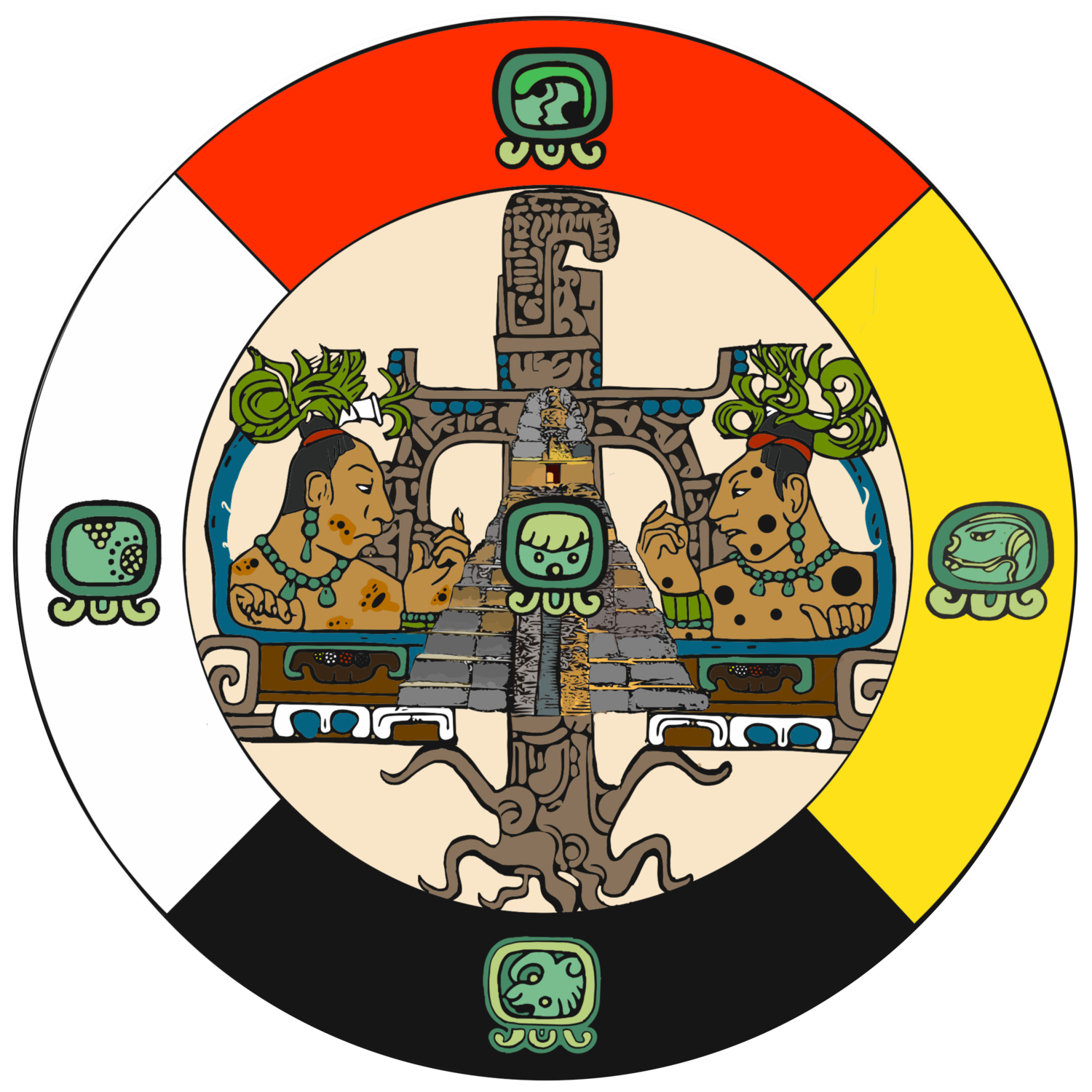IMMIGRATION
Photo: Jorge Francisco Sanchez Ramirez.
THE PAST AND PRESENT are CONNECTED BY FORCED DISPLACEMENT
The defense of our lands and territories is fundamental but we also understand that there have been various consequences from these long-standing conflicts, in particular the forced displacement of indigenous peoples.
Many people from Mexico and Central America were forced to flee between the 1970s - 1990s due to civil wars, dictatorships and genocide in the region. Indigenous peoples in Guatemala were some of the most affected as we were specifically targeted under the state sponsored genocide and scorched earth policy. Today, unresolved conflicts over land and natural resources, violations of indigenous rights, and United States policies that perpetuate violence are the norm, forcing people from their lands.
In the United States, a framework of extreme rhetoric, racism, discrimination, and fear against "immigrants" has made it even more important to advocate with our communities. We as indigenous peoples are invisible because we are classified as Hispanics or Latinos and not recognized as being part of an indigenous Nation. In turn, our communities are often forgotten, lost and isolated within a complex and frightening immigration system. The experience of exclusion is further exacerbated by language barriers, cultural differences, worldview, and trauma from historical factors that have caused forced migration.
THE ESCALATING HUMAN RIGHTS VIOLATIONS AT THE BORDER have caught media attention and created broader awareness of immigrants’ rights but have shed very little light on our indigenous relatives. We have remained invisible in plain sight because the dominant narrative has mislabeled us as Latino or Hispanic. There is a deep misconception and confusion about our people amounting to a lack of awareness that we are part of the wave of forced migration, resulting in a critical void in specific resources and tailored assistance. Very little concrete information about our indigenous peoples and forced migration is available, and virtually no data indicating our numbers in the United States or within the immigration crisis is being collected.
Faced by this situation, the International Mayan League is organizing with allied indigenous leaders to address the situation confronting our people. Collectively we have planned: a) a Maya Women Interpreter Delegation that will provide Indigenous Language Services at the US/Mexico Border; b) the creation of a community driven grassroots Indigenous Interpreter Network; c) coalition building with other indigenous peoples, Nations, and organizations; and d) advocacy for the deaths of 8-Year-Old Felipe Gomez Alonzo of the Maya Chuj Nation, 7-Year-Old Jakelin Amei Rosmery Caal Maquin of the Maya Q’eqchi’ Nation and the murder of 20-Year Old Maya Mam youth, Claudia Patricia Gómez González.
We know this situation is long-term, just like forced migration has been occurring for decades, if not centuries, for indigenous peoples. We have been working with our community, the Maya diaspora, for many years and will continue building on this work. Please Join us!


